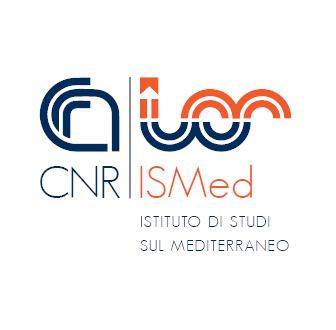URBES RURA. Forme processi mobilità urbano rurali nell’Europa mediterranea
Manager: Alessandra Cioppi
External Funds: MASAF – Ministero dell’Agricoltura, della Sovranità alimentare e delle Foreste
Keywords: History of the territory, urban rural mobility, Cultural heritage, coastal towers
Abstract
Urbes Rura, created as part of the macro-project “Migrations & Mediterranean. Sardinia Observatory,” intends to use the research of the associated projects Filhortis and Multihortis, as a connecting element between rural and urban realities. The project encompasses the evolution of studies and research whose purpose is to investigate the inevitable process that over the centuries has determined the ambivalent connection between city and countryside – urbes et rura -, through the disintegration of the urban territory and the rural landscape, across the ruralization of cities and the urbanization of the countryside. Every form or structure, every process, every migratory flow or mobility that has occurred in the area of Mediterranean Europe, shows the mark of these changes, holding an all-pervasive and identity significance. Thanks to its interdisciplinary method, the project welcomes the synergy of inquiry and scientific innovation between the humanities and social sciences and the so-called “hard” sciences. Urbes Rura moves between history, education and territory, directives that intertwine with the Filhortis and Multihortis projects and flow into the research lines: History of Migration, History of the Territory, Cultural Heritage.
Objectives
The objectives of the project are multiple: the in-depth study of a type of vegetable garden and horticultural plants defined as officinal, the medicamenta simplex, whose presence can be discerned throughout the territory of Sardinia since the early Middle Ages and today widely used for phytotherapy.
The study of the island’s coastal cultural assets represent the other goal of the project. Starting from their establishment, which identifies them as widespread fortified systems in southern and Mediterranean Italy, to their contemporary value as usable cultural heritage as an integral part of the territory to which they belong. In this regard, the project intends to initiate the study of the island of Asinara for its peculiarity both from the historical point of view and from the naturalistic and scientific point of view due to the presence of particular medicinal herbs. A photographic reportage aimed at telling the story of Asinara Island has been initiated, and at the same time it is underway the study of the history of the Coastal Conservancy, a body of the Region of Sardinia, responsible for the preservation, protection and enhancement of coastal ecosystems and the integrated management of coastal areas of particular landscape and environmental importance.
Last update
31 May 2024, 11:01

 CNR – ISMed
CNR – ISMed